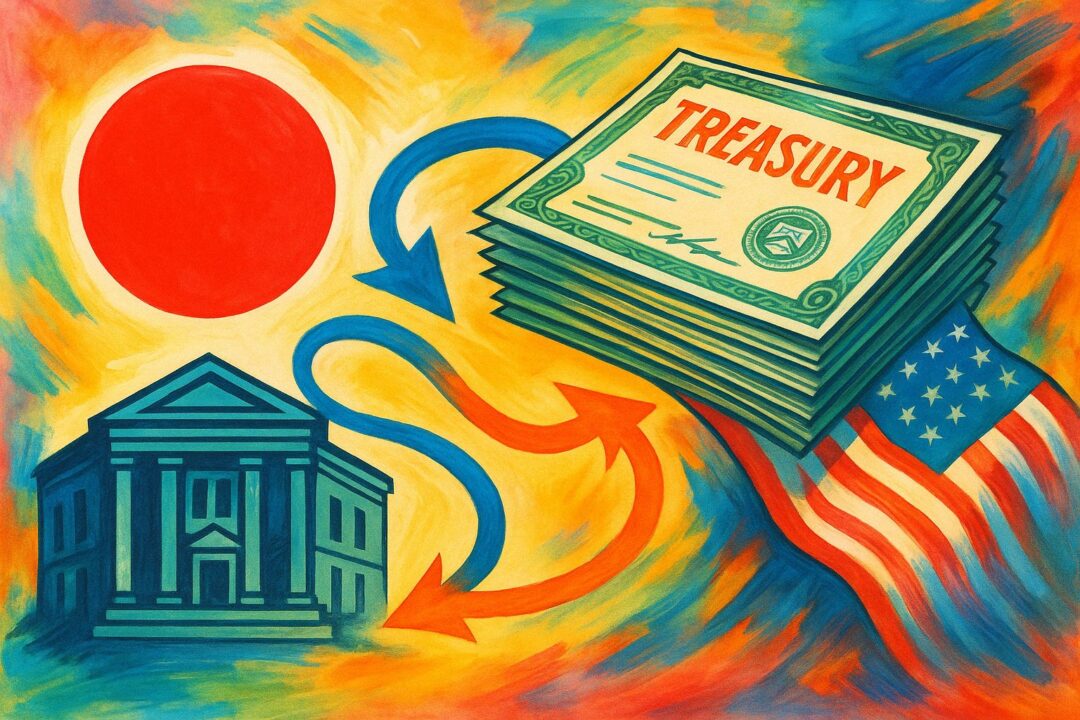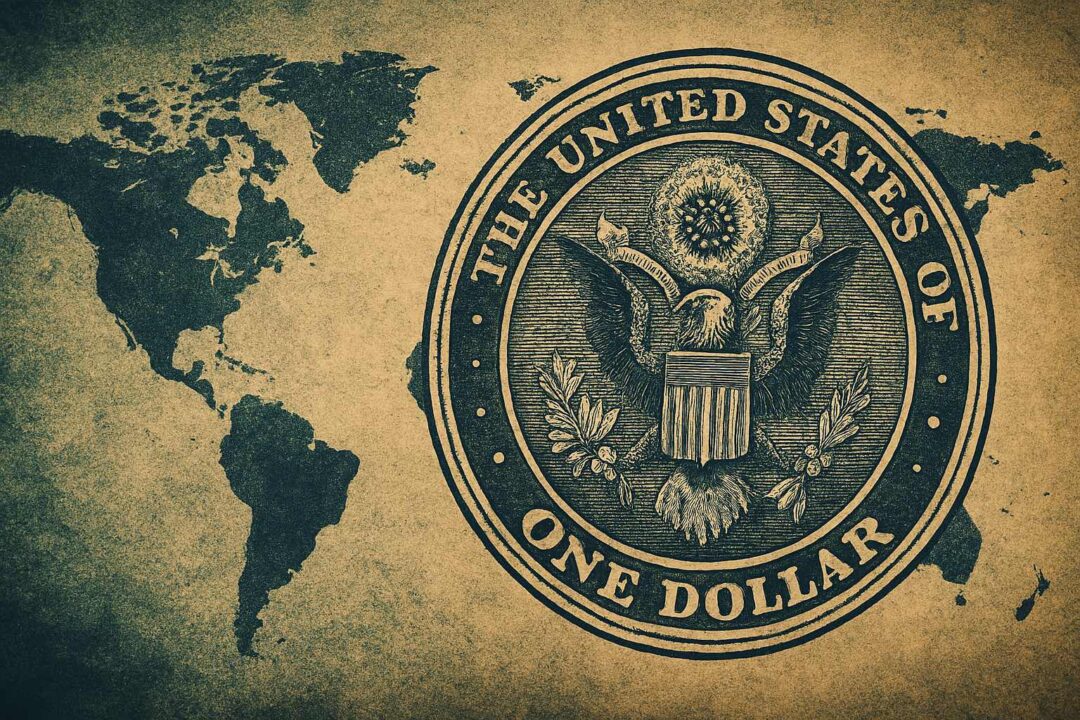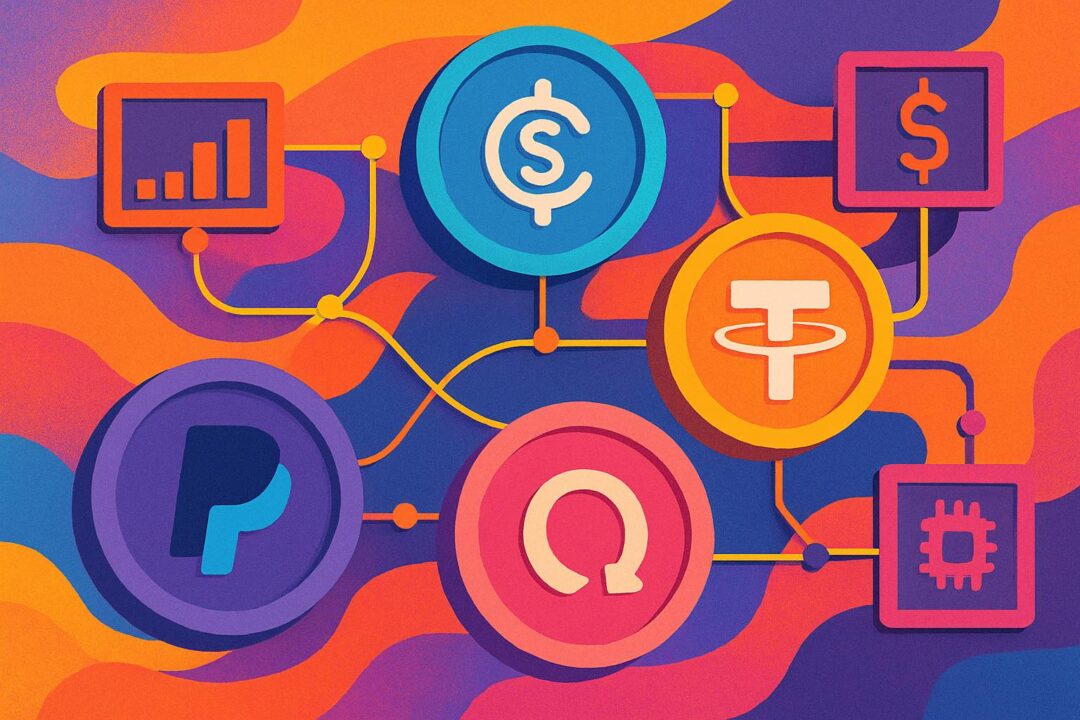As the global financial system undergoes a digital transformation, a new class of tools is rapidly emerging: stablecoins, Central Bank Digital Currencies (CBDCs), tokenized gold, and other tokenized Real World Assets (RWAs). These innovations promise faster transactions, greater financial inclusion, and a more connected world. But beneath the surface lies a deeper, more urgent question: are we building tools of empowerment — or control?
This post explores both sides of the coin, unpacking how these systems can be used for good, for harm, and how they may reshape the meaning of freedom in the digital age.
1. The Rise of Digital RWAs: A Revolution in Motion
Stablecoins like USDC and USDT have brought the stability of fiat currencies to the crypto world. Tokenized gold offers exposure to a time-tested store of value without physical custody. CBDCs aim to digitize entire national currencies under central bank control. Combined, these innovations offer:
- Near-instant global settlement
- Lower remittance fees
- Financial access for the unbanked
- Transparent, programmable transactions
On the surface, the potential seems promising — even utopian. But as with any technology, how it’s used matters more than what it does.
2. Control Mechanisms: Who Holds the Power?
At the core of the issue is the programmability and centralization of these assets. Unlike Bitcoin or Monero, which are decentralized and censorship-resistant, most stablecoins and CBDCs:
- Can be frozen or confiscated at will
- Can be restricted based on geographic, political, or behavioral criteria
- Leave a fully auditable, traceable trail of user activity
This introduces serious concerns. These systems — governed by companies, consortia, or governments — can silently enforce compliance, influence behavior, and eliminate financial privacy altogether.
3. When Good Intentions Become Dangerous Tools
Yes, there are valid reasons for these control mechanisms:
- Stopping terrorism financing
- Freezing stolen or scammed funds
- Preventing money laundering
- Enforcing sanctions on rogue states
But here’s the catch: criminals don’t use traceable tools. Cartels and bad actors operate in cash, use shell companies, or switch to privacy-preserving cryptocurrencies. The truly dangerous players have the means and knowledge to avoid monitored systems.
So, what happens instead?
- Ordinary people bear the brunt of control mechanisms
- Protesters, journalists, and whistleblowers get silenced by freezing access
- Citizens in volatile regimes can be cut off from the global financial system
- Everyday purchases become part of your permanent behavioral profile
The result? Widespread surveillance, reduced autonomy, and potential for abuse — all in the name of safety.
4. Authoritarian Leverage: A Global Problem
In countries with democratic backsliding, religious extremism, or entrenched corruption, these tools become digital weapons:
- Aid can be withheld from marginalized groups
- Funds can be frozen to punish dissent or protests
- Government critics can be excluded from the financial system
- Cross-border alternatives like USDC or tokenized dollars can be banned entirely
Imagine a digital currency where the government can:
- Expire your funds if you don’t spend them
- Block your transactions if you attend a protest
- Assign a “reputation score” to determine your access to money
This is not science fiction — these capabilities already exist. In the wrong hands, they represent a massive erosion of financial and human rights.
5. A Digital Panopticon or a Financial Renaissance?
Despite these risks, we shouldn’t reject all digital assets. They can serve as tools of liberation:
- In hyperinflationary economies, stablecoins are lifelines
- In broken banking systems, tokenized gold offers an alternative store of value
- For freelancers in developing nations, crypto enables access to global payments
- For NGOs and charities, programmable funds can ensure donations reach their intended targets
The key difference is who designs the system — and who it ultimately serves.
6. Building Toward Balance: Principles for a Free Digital Future
To avoid turning money into a tool of control, we need to bake certain principles into the foundations of these systems:
- Optionality and Exit
People must be free to opt-out of centralized systems and use decentralized alternatives. Bitcoin, Monero, and other open protocols must remain legal and accessible. - Transparency and Oversight
Control mechanisms (like blacklists or freezes) must be governed by clear, auditable rules — ideally with court oversight or citizen recourse. - Data Sovereignty
Financial data should belong to the individual, not governments or corporations. - Interoperability Without Censorship
Systems should work across borders and blockchains without enforcing ideological control. - Legal and Technical Safeguards
CBDCs and digital RWAs should be designed with constitutional limits, not just corporate terms of service.
7. So, What Can We Do Today?
While this future unfolds, individuals, developers, and communities can take proactive steps:
- Educate yourself and others about the differences between centralized and decentralized digital money.
- Support open-source, privacy-respecting protocols.
- Push for transparency and civil liberties protections in CBDC and stablecoin policymaking.
- Diversify your financial tools — don’t keep all assets in one system or jurisdiction.
- Vote with your usage — every time you choose a decentralized asset over a corporate one, you reinforce a freer financial future.
Conclusion: The Battle for Financial Freedom Has Already Begun
The digitization of money is inevitable. But whether it leads to greater liberty or deeper control depends on how we build, use, and regulate these systems.
Digital tools can empower the powerless — or silence the already voiceless. The infrastructure we create today may determine who gets to participate in society tomorrow.
Freedom isn’t just about speech or movement anymore. It’s also about the ability to save, transact, and exchange without coercion.
So let’s build with intention — and never forget that code, like law, can be used to oppress — or to protect.
Discover more from Brin Wilson...
Subscribe to get the latest posts sent to your email.



